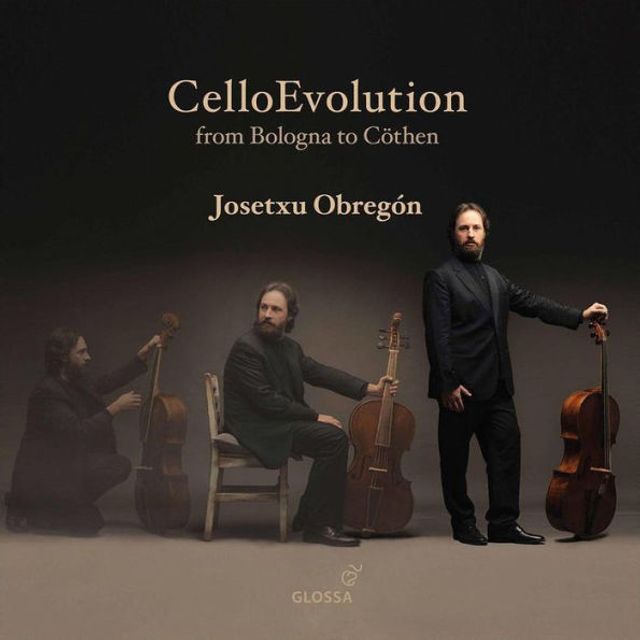Home
The Griffoni Polyptych: Reborn in Bologna: The Rediscovery of a Masterpiece
Loading Inventory...
Barnes and Noble
The Griffoni Polyptych: Reborn in Bologna: The Rediscovery of a Masterpiece
Current price: $40.00


Barnes and Noble
The Griffoni Polyptych: Reborn in Bologna: The Rediscovery of a Masterpiece
Current price: $40.00
Loading Inventory...
Size: OS
*Product Information may vary - to confirm product availability, pricing, and additional information please contact Barnes and Noble
Uniting the long-dispersed 16 panels of a complex Renaissance masterwork
Between the years 1471 and 1472, Italian Renaissance artists Francesco del Cossa (c. 1430– c. 1477) and Ercole de’ Roberti (c. 1451–96) completed a multipanel piece commissioned by the patrons of the Basilica di San Petronio in Bologna. Composed of 16 poplar panels, the masterpiece honored Saint Vincent Ferrer, who had been canonized two decades earlier, rendered in exquisite colors and precious gold.
In the early 18th century, however, the altarpiece was dismantled and each panel cut down into individual paintings which were then dispersed globally among collectors over the course of the next century. Today, the separate panels are owned by nine different museums, from Washington, DC, to its native Italy. This volume presents an investigation of the storied polyptych and its historical and philological dimensions, including a reconstruction of the plausible organization of the original altarpiece.
Between the years 1471 and 1472, Italian Renaissance artists Francesco del Cossa (c. 1430– c. 1477) and Ercole de’ Roberti (c. 1451–96) completed a multipanel piece commissioned by the patrons of the Basilica di San Petronio in Bologna. Composed of 16 poplar panels, the masterpiece honored Saint Vincent Ferrer, who had been canonized two decades earlier, rendered in exquisite colors and precious gold.
In the early 18th century, however, the altarpiece was dismantled and each panel cut down into individual paintings which were then dispersed globally among collectors over the course of the next century. Today, the separate panels are owned by nine different museums, from Washington, DC, to its native Italy. This volume presents an investigation of the storied polyptych and its historical and philological dimensions, including a reconstruction of the plausible organization of the original altarpiece.


















